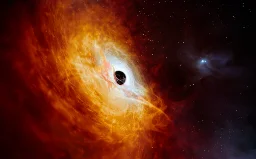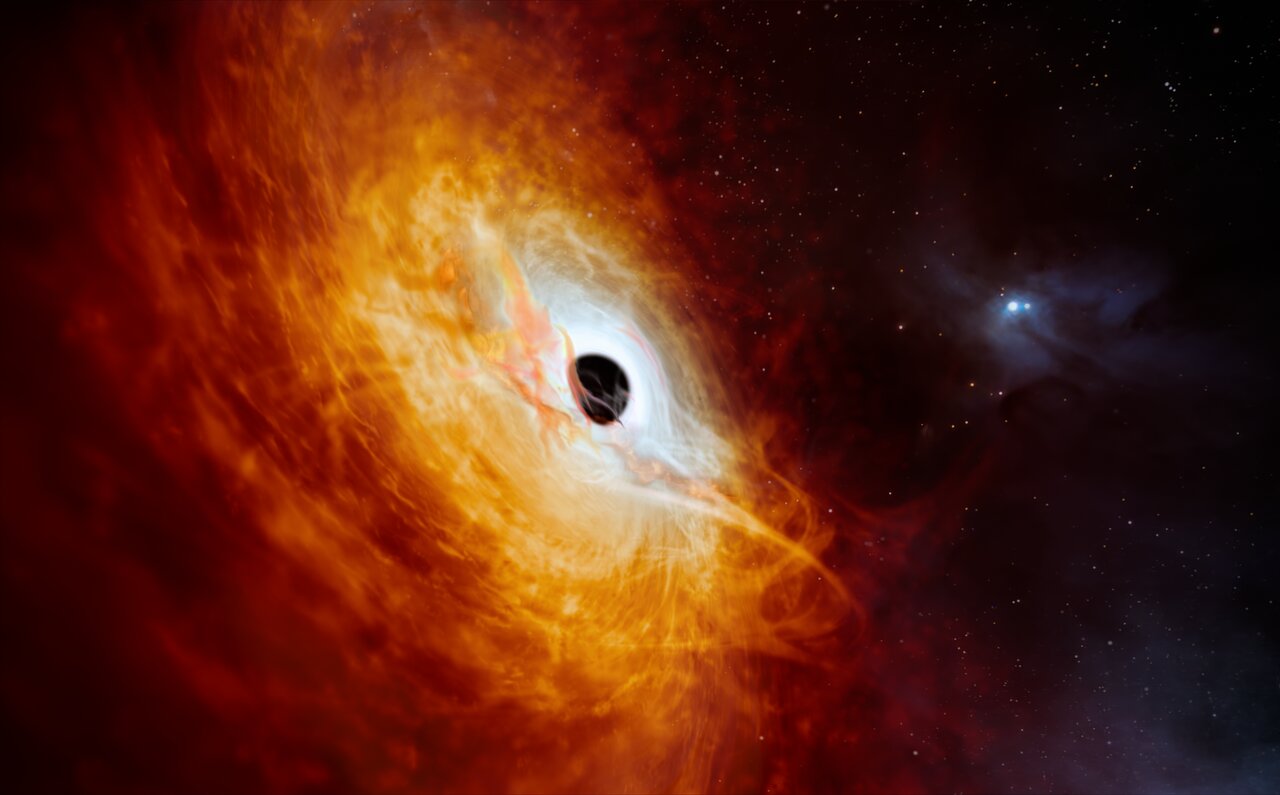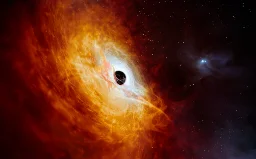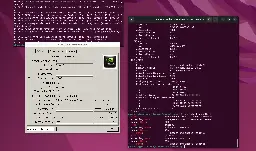 rvlobato @ rvlobato @lemmy.ml Posts 13Comments 0Joined 4 yr. ago
rvlobato @ rvlobato @lemmy.ml Posts 13Comments 0Joined 4 yr. ago

rvlobato @ rvlobato @lemmy.ml
Posts
13
Comments
0
Joined
4 yr. ago
AMD Quietly Funded A Drop-In CUDA Implementation Built On ROCm: It's Now Open-Source
AMD Quietly Funded A Drop-In CUDA Implementation Built On ROCm: It's Now Open-Source
Plasma 6 RC2 is now out! Ask Us Anything about this release and the upcoming Megarelease in general TODAY, Jan. 31, on Reddit and Lemmy at 6 pm UTC











